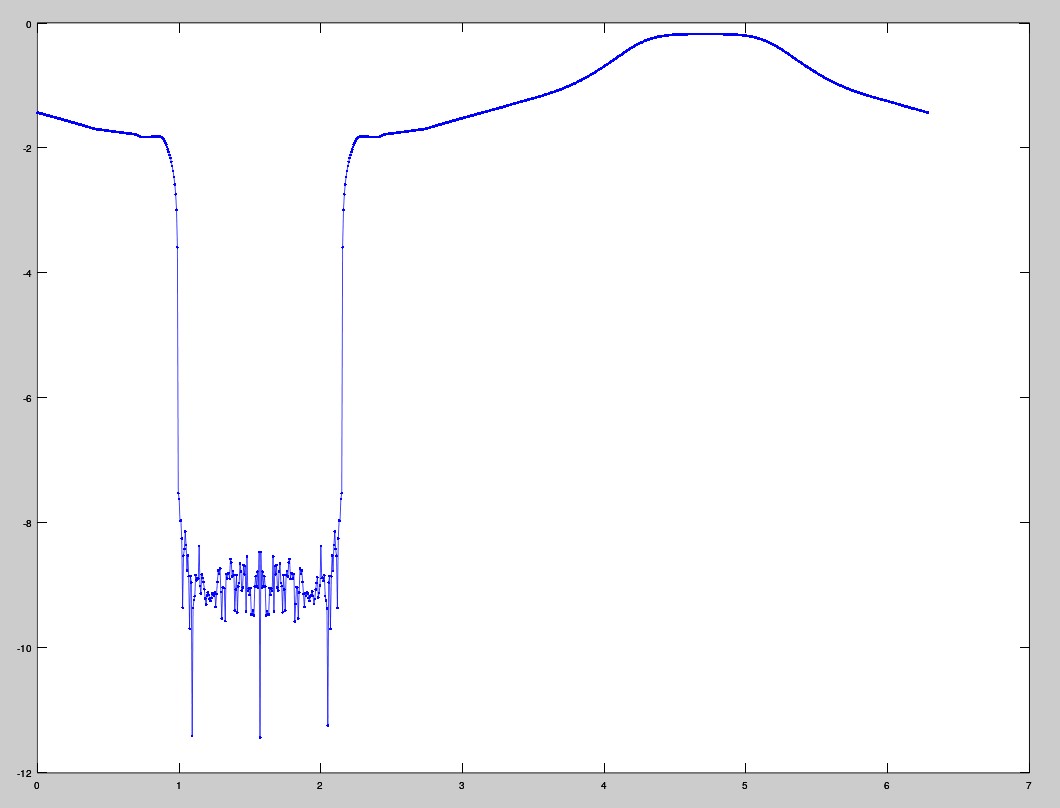A superconductive material that operates at room temperature (LK-99) has been reported in the last couple weeks. This is not just exciting because of the potential applications, but also the bizarre drama around the release of the news, and the race to independently verify it.
This is especially exciting for me personally, since my first-ever technical job was to run numerical simulations in MATLAB of Cooper Pairs for high-temperature superconductivity. I spent nearly 3 months of a summer computing the eigenvalues of sparse matrices, observing how the rank changed based on independent input parameters. Since we’re dealing with numerical simulations rather than analytic math, and floating point numbers never really go to zero, we had to arbitrarily choose epsilon thresholds to treat an eigenvalue as zero, or not. Over the summer, my advisors had trouble believing the results I was getting. I gained an intuition that these hard thresholds were a problem, so I just started plotting the eigenvalues over parameters. I can’t remember much more context than that; apparently these visualizations were really useful for my advisors who understood the theory deeper than I did.
I dug through my old code, and used Octave (an open-source variant to MATLAB) and this code, to resurrect these ancient 2006 plots. The vertical axis is logarithmic, so you can see that these eigenvalues all approach zero in their own unique ways.
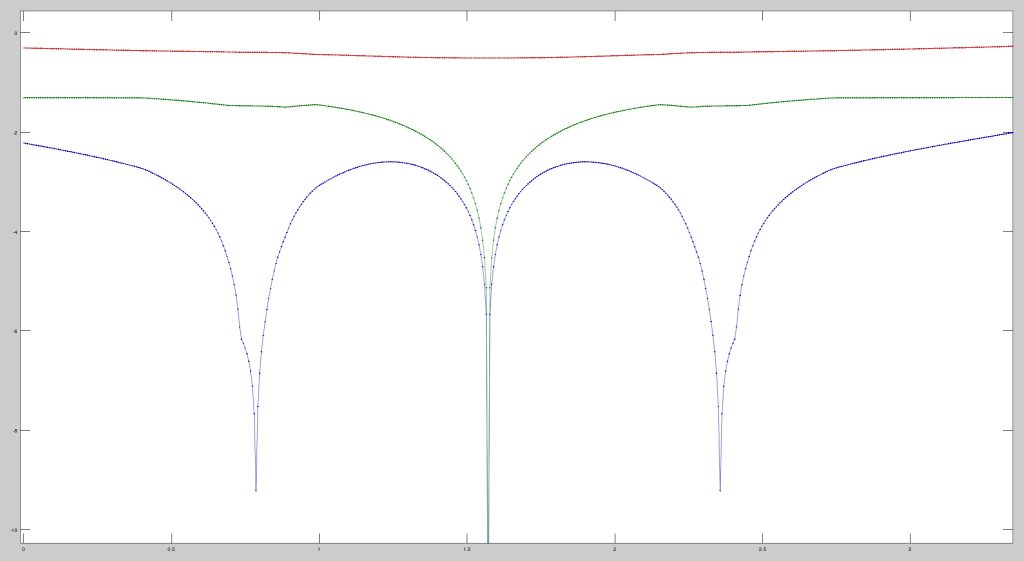
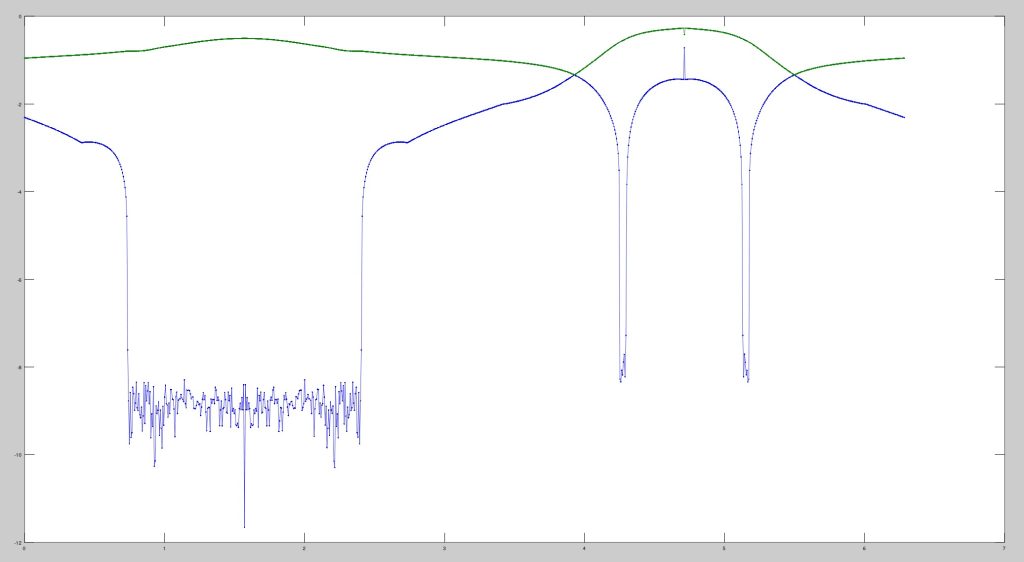
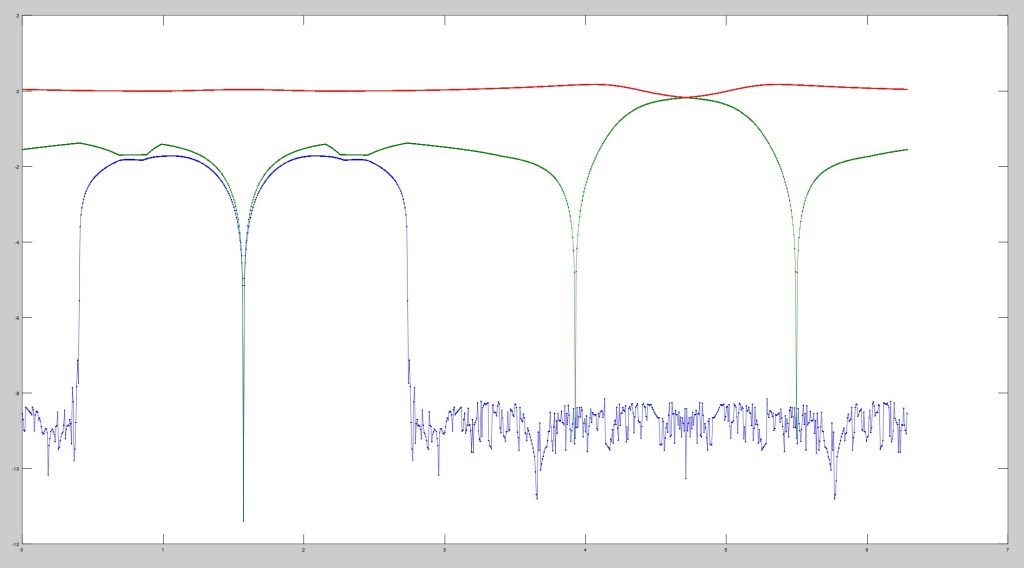
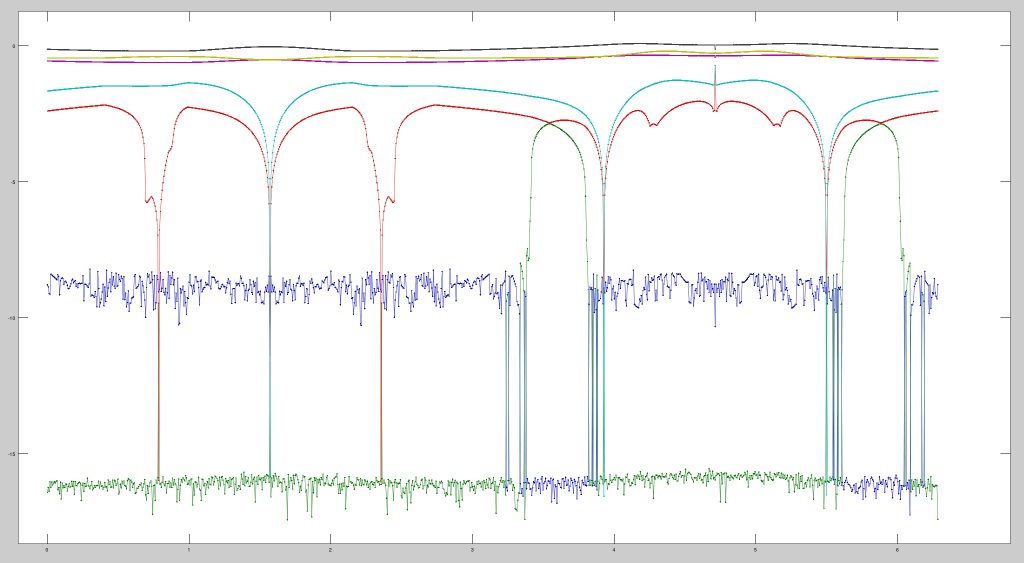
The naming scheme for these files looks like this:
74323131_3_1.fig
743231313_1.fig
7_4_3231.fig
7_43231.fig
74_3_231.fig
743_2_31.fig
7432_3_1.fig
74323_1.fig
74323131_3_1.fig
743231313_1.fig
743231_3_1.fig
7432313_1.fig
7_4_3231.fig
7_43231.fig
74_3_231.fig
743_2_31.fig
7432_3_1.fig
74323_1.figand I think this sequence of numbers related to specific electron orbitals.
